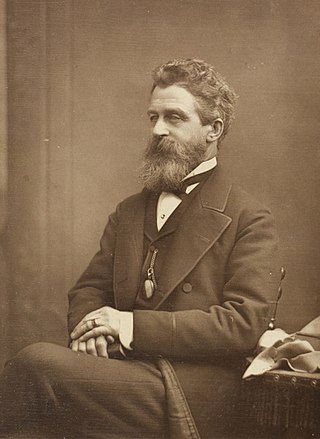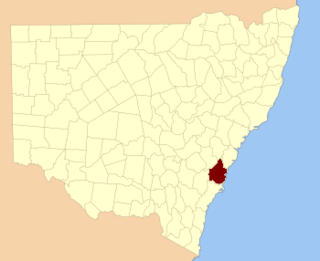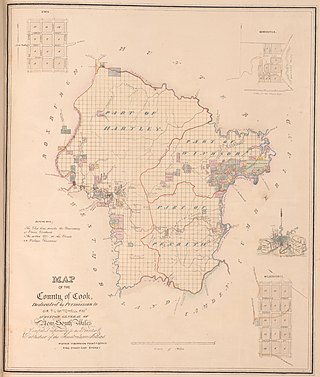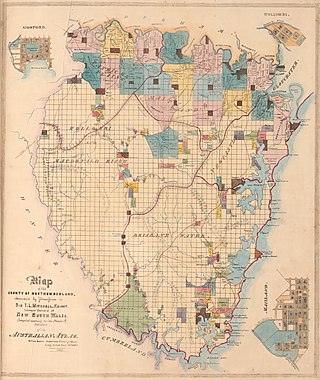
The New South Wales Legislative Council, often referred to as the upper house, is one of the two chambers of the parliament of the Australian state of New South Wales. The other is the Legislative Assembly. Both sit at Parliament House in the state capital, Sydney. It is normal for legislation to be first deliberated on and passed by the Legislative Assembly before being considered by the Legislative Council, which acts in the main as a house of review.

The Victorian Legislative Council (VLC) is the upper house of the bicameral Parliament of Victoria, Australia, the lower house being the Legislative Assembly. Both houses sit at Parliament House in Spring Street, Melbourne. The Legislative Council serves as a house of review, in a similar fashion to its federal counterpart, the Australian Senate. Although, it is possible for legislation to be first introduced in the Council, most bills receive their first hearing in the Legislative Assembly.

The Legislative Council, or upper house, is one of the two chambers of the Parliament of South Australia. Its central purpose is to act as a house of review for legislation passed through the lower house, the House of Assembly. It sits in Parliament House in the state capital, Adelaide.

The Parliament of South Australia is the bicameral legislature of the Australian state of South Australia. It consists of the 47-seat House of Assembly and the 22-seat Legislative Council. General elections are held every 4 years, with all of the lower house and half of the upper house filled at each election. It follows a Westminster system of parliamentary government with the executive branch required to both sit in parliament and hold the confidence of the House of Assembly. The parliament is based at Parliament House on North Terrace in the state capital of Adelaide.

Sir Daniel Cooper, 1st Baronet was a nineteenth-century politician, merchant and philanthropist in the Colony of New South Wales. He served as the first speaker of the Legislative Assembly of the colony and was a noted philatelist.

Sir Samuel Davenport was one of the early settlers of Australia and became a landowner and parliamentarian in South Australia.

James Robert Wilshire was an Australian politician. He was a member of the New South Wales Legislative Council between 1855 and 1856 and again from 1858 until his death. He was also a member of the New South Wales Legislative Assembly for one term between 1856 and 1857.

Henry Osborne was an Australian pastoralist, collier and politician. He was a member of the New South Wales Legislative Council between 1851 and 1856. He was also a member of the New South Wales Legislative Assembly for one term from 1856 until 1857.
This is a list of members of the South Australian Legislative Council from 1851 to 1855. Sixteen members were elected at the 1851 election with terms expiring in 1854. The four official members and four non-official members were nominated by the Governor on behalf of the Crown. Voting was voluntary and restricted to land-holding males. The first meeting was held on 28 August 1851 at the newly completed courthouse on Victoria Square. This council was dissolved by proclamation on 15 August 1855, and elections held for six city seats on 20 September and seven country seats on 21 September.
Stanley was an electoral district of the House of Assembly in the Australian state of South Australia.
East Adelaide was an electoral district of the South Australian Legislative Council from 1851 to 1857 and an electoral district of the South Australian House of Assembly from 1862 to 1902.
East Torrens was an electoral district of the House of Assembly in the Australian state of South Australia from 1857 to 1902 and again from 1915 to 1938.
The Electoral district of City of Sydney was an electorate of the New South Wales Legislative Council.

The Electoral district of County of Camden was an electorate of the New South Wales Legislative Council at a time when some of its members were elected and the balance were appointed by the Governor.
This is a list of members of the South Australian Legislative Council from 1843 to 1851. Beginning with the Royal Instructions gazetted 15 June 1843, there were four official and four non-official members of the legislative council consisting of: the governor, colonial secretary, advocate-general, and registrar-General with four non-official members being nominated by the Crown. The council was the only chamber of government until the House of Assembly was created in 1857.
Colonial elections were held in South Australia on 9 March 1857. All 36 seats in the South Australian House of Assembly, and all 18 seats in the Legislative Council were up for election.
Colonial elections were held in South Australia on 20/21 September 1855. Only 16 of the 24 seats in the unicameral Legislative Council were popularly elected, the second occurrence of voting franchise in the colony. The 1851 election was the first of this type.

The Electoral district of Counties of Cook and Westmoreland, also known as the United Midland Counties of Cook and Westmoreland, was an electorate of the New South Wales Legislative Council at a time when some of its members were elected and the balance were appointed by the Governor.
The electoral district of Cumberland Boroughs, also known as the united towns of Windsor, Richmond, Liverpool and Campbelltown, was an electorate of the New South Wales Legislative Council at a time when two thirds were elected, one sixth were official members, that is they held a government office and the balance were appointed by the Governor.

The Electoral district of Northumberland Boroughs was an electorate of the partially elected New South Wales Legislative Council, created for the first elections for the Council in 1843. From 1843 until 1851 the electorate covered the major towns or boroughs of Northumberland County, East Maitland, West Maitland and Newcastle, and polling took place at East Maitland, West Maitland and Newcastle. Morpeth was added to the electorate from 1851 while Newcastle was removed from the electorate to form, with Raymond Terrace, the North Eastern Boroughs. The rest of Northumberland County was covered by the County of Northumberland from 1843 until 1951, and Counties of Northumberland and Hunter from 1851 until 1856.









